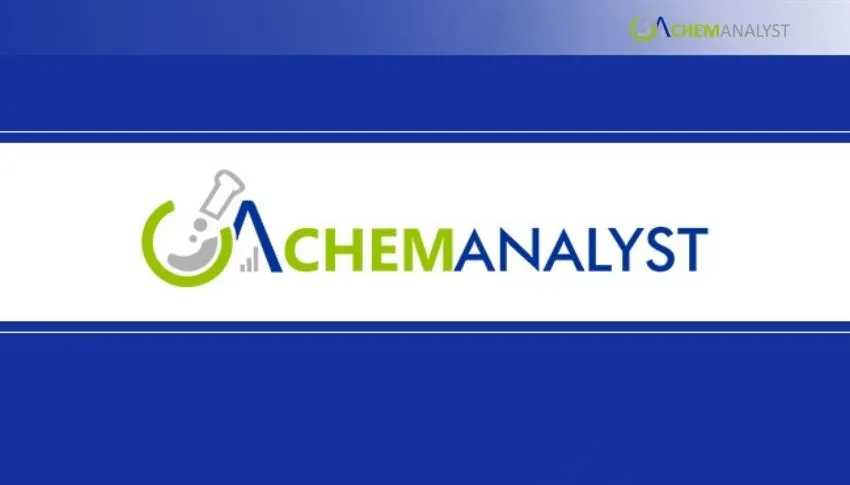Welcome To ChemAnalyst

Titanium Dioxide markets posted diverging trends across the world. The U.S. experienced consistent demand from construction and plastics in the face of increasing freight and energy prices. In Germany, positive sentiment prevailed despite port and rail congestion due to robust industrial coatings demand as well as active imports. South Korea's market declined further because of muted global demand and elevated inventories despite solid auto-sector offtake. Titanium Dioxide prices in China were flat with sluggish domestic and export demand, strong inventories, and restricted downstream activity. Titanium Tetrachloride did the same, with poor coatings demand compensating for EV-influenced strength. Cautious is the overall market, influenced by pressures from supply and hesitations in demand.
Titanium Dioxide markets in major regions showed converging trends this week with structural supply issues, downstream sentiment, and changing trade patterns influencing performance. In the US, Titanium Dioxide demand was strong, especially from the construction paint and engineering plastics industries. Converters' recent restocking and moderate inventories maintained transactional momentum. Manufacturers, however, experienced increasing energy and shipping costs, which put pressure on production margins. Transpacific freight carriers introduced capacity reductions to stable rates, after a spate of advance shipments induced by U.S. tariff changes on Chinese-origin Titanium Dioxide.
Titanium Dioxide suppliers in Germany used stable throughput and cushion stocks to ride through inland rail delays and Hamburg port congestion. The market recorded a 12-week bullish trend, underpinned by consistent buying from industrial coatings and flexible plastics. Imports from the U.S., India, and France were active despite supply chain challenges. While inland slowdowns due to rail modernization schemes prompted distributors to maximize warehouse dispatches to maintain flow, upstream inputs such as sulphuric acid relaxed marginally. Logistical surcharges continued to stay high. Spot market action continued to be firm with exports going to Eastern Europe and the Middle East and keeping optimism intact through Q3.
In the meantime, in South Korea, the Titanium Dioxide market continued to soften, its 12-week bear run intact. Local manufacturers struggled with high input prices, particularly from higher sulphuric acid, but could not keep up due to muted global demand. Export volumes to Germany, India, and the U.S. were tight, while domestic buying was curbed by high stocks and nervous procurement attitudes. Automotive coatings demand helped provide some firmness, driven by small growth in July vehicle sales, but overall sentiment was weak in an oversupplied world.
In China, the Titanium Dioxide market continued to show stagnation. Domestic supply remained sufficient, with producers running steadily notwithstanding poor offtake from paint and plastic converters. Average market prices stayed level this week, weighed down by high inventories and weak demand. China's June 2025 exports of Titanium Dioxide decreased 25.2% year-on-year as imports declined, reflecting a defensive global outlook. Downstream markets, particularly construction and packaging, provided little assistance, with buyers mostly keeping out amid monsoon-linked port disruptions and macroeconomic uncertainty.
Titanium Tetrachloride, a major intermediate, followed Titanium Dioxide's China downtrend. Although steady production and availability of feedstocks, coupled with export issues and sluggish downstream demand, caused the prices to weaken. Though electric vehicle market demand for TiCl4 feedstocks remained firm, polymer and coatings use stayed soft. The prospects in China for both Titanium Dioxide and Titanium Tetrachloride look weak-stable, with sellers holding negotiable prices while they wait for indications of demand pick-up.
Overall, the Titanium Dioxide market is still fragmented regionally, defined by logistical constraints, tariff realignments, and downstream conservatism. Though demand pockets continue to exist in North America and Europe, the global scenario indicates a market in wait-and-watch mode.
We use cookies to deliver the best possible experience on our website. To learn more, visit our Privacy Policy. By continuing to use this site or by closing this box, you consent to our use of cookies. More info.
